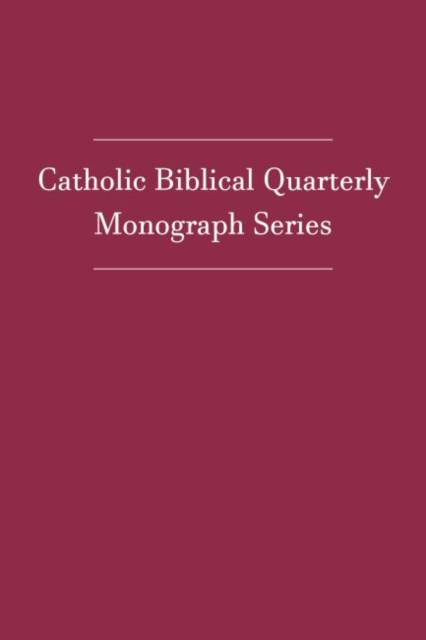
Je cadeautjes zeker op tijd in huis hebben voor de feestdagen? Kom langs in onze winkels en vind het perfecte geschenk!
- Afhalen na 1 uur in een winkel met voorraad
- Gratis thuislevering in België vanaf € 30
- Ruim aanbod met 7 miljoen producten
Je cadeautjes zeker op tijd in huis hebben voor de feestdagen? Kom langs in onze winkels en vind het perfecte geschenk!
- Afhalen na 1 uur in een winkel met voorraad
- Gratis thuislevering in België vanaf € 30
- Ruim aanbod met 7 miljoen producten
Zoeken
Omschrijving
This book is divided into six chapters. In the first chapter, "A Review of the Critical Study of Ezekiel 38-39 in the Context of Its Placement in the Book," Fitzpatrick provides an extensive (nearly one-fourth of the book) and well-written review of the literature on Ezekiel, especially noting the appreciation by earlier authors of the place of chaps. 38-39 in the final form of the text. Chapter 2, "The Significance of Myth in Itself and in Ezekiel" (pp. 49-73), is, by contrast, less a review of the discussion of myth than a statement of the importance of understanding myth. In chap. 3, "Textual Links Between the Gog Pericope and Other sections of Ezekiel" (pp. 74-81), F. seeks to integrate the pericope into the final form of the text by creating a list of "textual links," largely vocabulary and phrases. Chapter 4, "Ezekiel 38-39, Cosmogony Completed, A Covenant of Peace Fulfilled," and chap. 5, "Mythic Elements and Cosmogony in Ezekiel 1-37 and 40-48," are the heart of the work, where F. comes to the following conclusion: "In the final form the book is presenting a new ending to the Israelite cosmogonie myth, and that in this cosmogonie myth, understandable and yet distinct in the context of the religious myths of the ancient Near East, chapters 38-39, the decisive battle and defeat of Gog and his hordes, must take place if the covenant of peace promised in chapters 34-37 is to be realized and the Temple is to be re-established (chapters 40-48) whose function is both symbol and fulfillment of cosmogony's completion in the Israelite creation myth" (p. 194). Following chap. 6, "Summary and Conclusions," are an extensive bibliography and indexes of biblical texts, authors, and subjects.
Specificaties
Betrokkenen
- Auteur(s):
- Uitgeverij:
Inhoud
- Aantal bladzijden:
- 244
- Taal:
- Engels
- Reeks:
- Reeksnummer:
- nr. 37
Eigenschappen
- Productcode (EAN):
- 9780915170364
- Verschijningsdatum:
- 22/06/2004
- Uitvoering:
- Paperback
- Formaat:
- Trade paperback (VS)
- Afmetingen:
- 152 mm x 229 mm
- Gewicht:
- 408 g

Alleen bij Standaard Boekhandel
+ 117 punten op je klantenkaart van Standaard Boekhandel
Beoordelingen
We publiceren alleen reviews die voldoen aan de voorwaarden voor reviews. Bekijk onze voorwaarden voor reviews.









